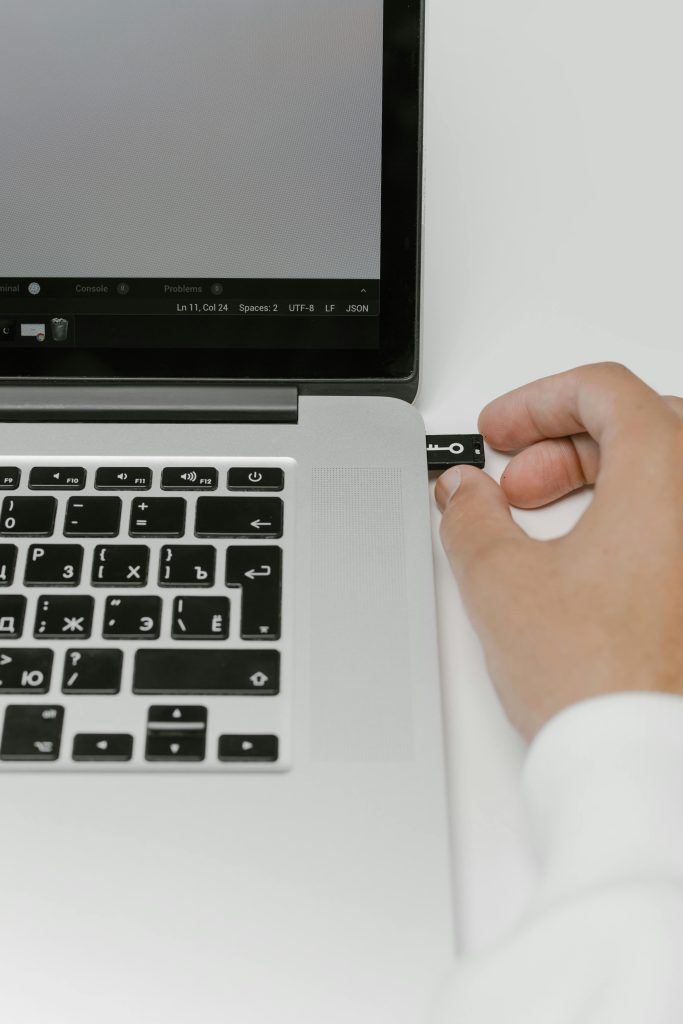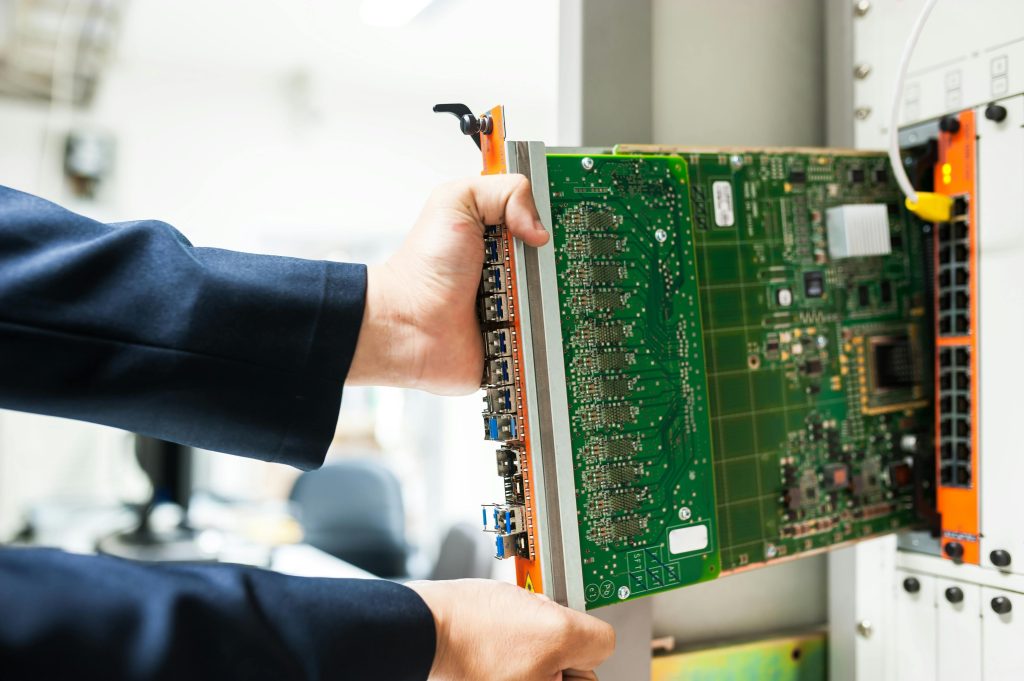What to Do After a Laptop Gets Wet: A Personal Experience
Accidents happen, and sometimes they can lead to situations that leave us anxious and uncertain. Recently, I found myself in a nail-biting predicament when my laptop unexpectedly encountered a spill while in my bag. Though the source of the liquid remains a mystery, its impact on my prized MSI laptop was a cause for concern.
Upon retrieving my laptop, I noticed that the left side felt damp—while not soaked, it was definitely slick to the touch. The cooling vents and fan openings were also affected, leading me to worry about the potential internal damage. This particular laptop is not just any device; it’s a mid-tier MSI model that I invested a significant amount of money in and has become an essential part of my daily life.
To err on the side of caution, I opted not to turn the laptop back on immediately. Initially, I planned to wait a full 24 hours before attempting to power it up again. However, my apprehension has since led me to extend that timeframe to at least 48 hours. I believe that giving it a little extra time to dry out might improve the chances of recovery.
Adding to my stress is the thought of how my parents might react if they discover what happened. It’s always nerve-wracking to face the possibility of damaging something valuable, especially when you’ve invested so much in it.
As I sit here, anxiously waiting, I can’t help but wonder: Is there still hope for my laptop? Will it power back on after these long hours of waiting? The uncertainty is unnerving, and I can’t shake the feeling of dread that maybe all this waiting could prove futile.
For anyone who might find themselves in a similar situation, my advice is simple: take a deep breath and give your laptop time to dry out. Do not rush into turning it on, as that could cause more harm than good. Here’s hoping for a positive outcome in the end!
Share this content:




I’m sorry to hear about your situation. Liquid spills can be tricky, but here are some additional steps you can take to maximize the chances of recovery:
Remember, while there’s always hope, liquid damage can sometimes be